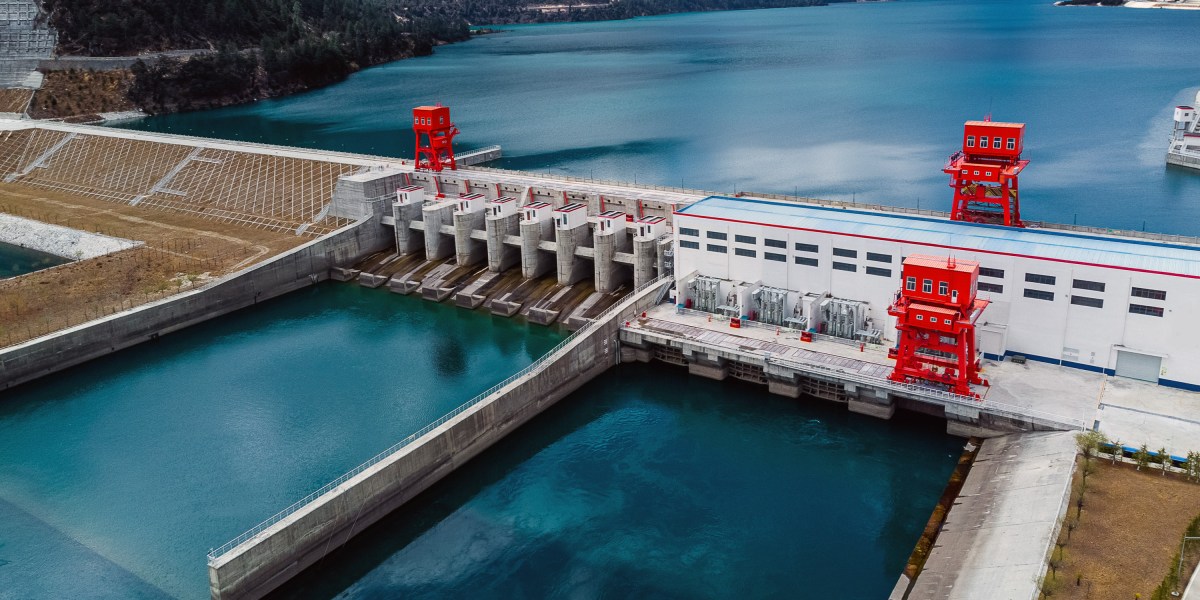
Hydropower is one of the world’s largest sources of renewable electricity.
But last year, weather conditions caused hydropower to fall short in a major way, with generation dropping by a record amount. In fact, the decrease was significant enough to have a measurable effect on global emissions.
Total energy-related emissions rose by just over 1% in 2023, and a shortfall of hydroelectric power accounts for 40% of that rise, according to a new report from the International Energy Agency.
Between year-to-year weather variability and climate change, there could be rocky times ahead for hydropower. Here’s what we can expect from the power source and what it might mean for climate goals. Read the full story.
—Casey Crownhart
This story is from The Spark, our weekly climate and energy newsletter. Sign up to receive it in your inbox every Wednesday.
How reproductive technology can reverse population decline
Back in October, we held a subscriber-only exclusive Roundtables discussion on how innovations from the lab could affect the future of families. Antonio Regalado, our biotechnology editor, sat down with entrepreneur Martín Varsavsky, founder of fertility clinic Prelude Fertility, to explore the cause of plummeting birth rates worldwide, and much more.
If you missed it the first time round, subscribers can watch a recording of the discussion here—and if you’re not already a subscriber, why not become one?
